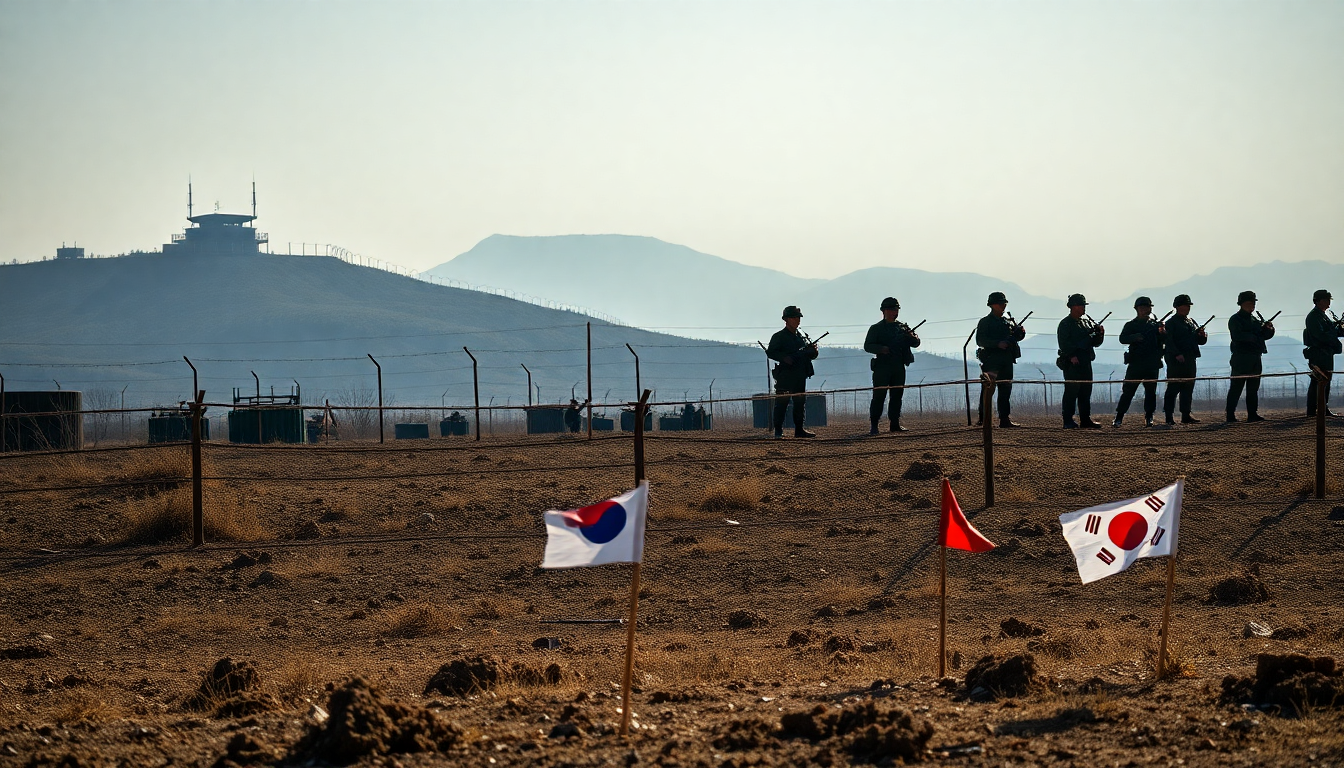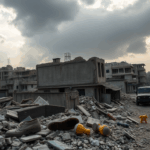Table of Contents
The ongoing tensions between North and South Korea have hit a new high, with recent incidents shining a light on just how fragile peace really is on the Korean Peninsula. As these two nations navigate their complex relationship, military confrontations remind us of the long history of discord between them.
So, what exactly is happening, and why should we care? Understanding the latest developments is key to grasping the broader geopolitical landscape of the region.
Recent Military Incidents: A Timeline of Provocations
In a recent exchange that raised eyebrows, North Korea accused South Korean forces of firing over ten warning shots at its troops involved in a border reinforcement project.
Pyongyang called this a significant escalation, sparking fears of potential military conflict in an already tense area. According to the North’s Korean Central News Agency (KCNA), Vice Chief of the General Staff Ko Jong Chol condemned the South’s actions, labeling them as premeditated provocations that could lead to an uncontrollable confrontation.
Ko’s statements highlighted just how serious the situation is, insisting that South Korea’s military maneuvers could further inflame tensions along the heavily fortified border. Incidents like these aren’t exactly rare; remember the last notable confrontation in April when South Korean forces fired warning shots after North Korean troops briefly crossed into their territory? These occurrences underscore the ongoing volatility that defines the relationship between these two nations, both of which maintain a significant military presence along the border.
The Implications of Military Provocations
But it’s not just about military bravado—these confrontations carry deeper implications tied to national security, territorial integrity, and regional stability. For South Korea, North Korea’s actions are seen as direct threats to its sovereignty, leading to a heightened sense of vigilance.
On the flip side, North Korea views its military responses as crucial steps to protect its interests and assert authority amid perceived aggression from the South.
As tensions rise, both governments face internal pressures that complicate their responses. South Korea, led by President Lee Jae-myung, is trying to find a balance between maintaining a strong defense and exploring diplomatic options.
Meanwhile, North Korea has made it clear it won’t tolerate any interference with its border sealing efforts, which only digs in its heels and makes dialogue tougher.
Looking Ahead: What Does the Future Hold for Inter-Korean Relations?
So, what does the future hold for inter-Korean relations? The path ahead remains uncertain. Recent actions—like North Korea’s announcement of a complete closure of its southern border, combined with provocative military drills—paint a picture where misunderstandings could easily spiral into conflict. The potential for miscalculation is alarmingly high, especially as both nations continue to ramp up their military capabilities.
In the coming months, the world will be watching for any signs of escalation or attempts at reconciliation. Now more than ever, effective communication channels and conflict resolution mechanisms are crucial. It’s essential for both Koreas to engage in dialogue to de-escalate tensions and work toward a more stable, peaceful future. The stakes are incredibly high; any misstep could lead to catastrophic consequences, not just for the Korean Peninsula but for the broader region as well.





